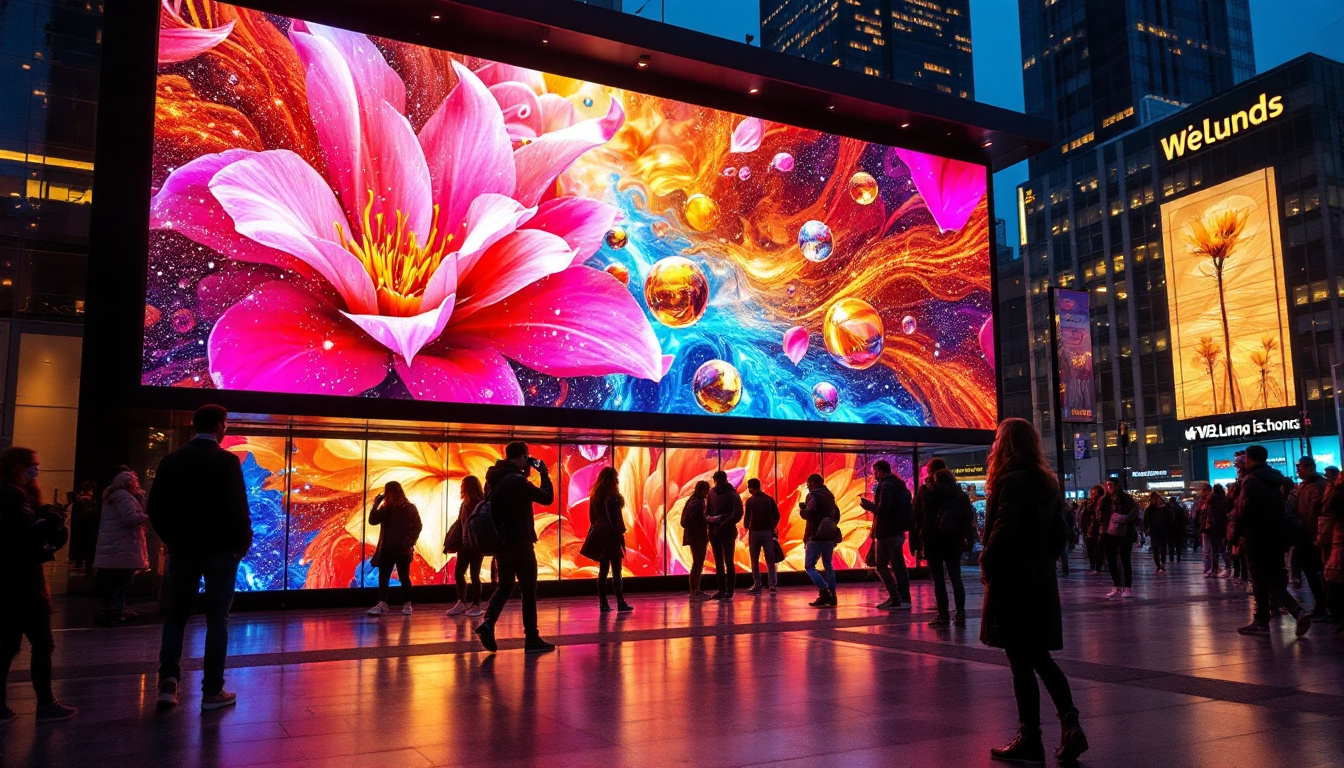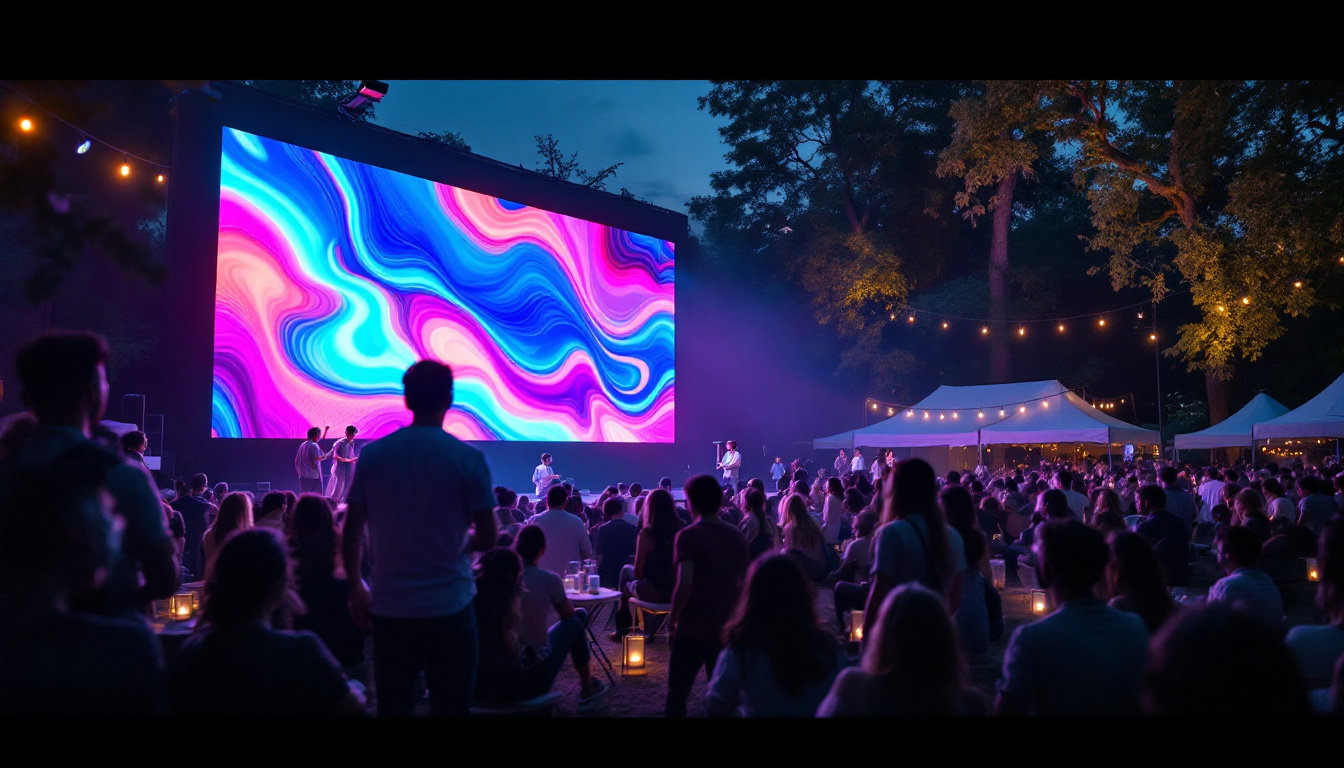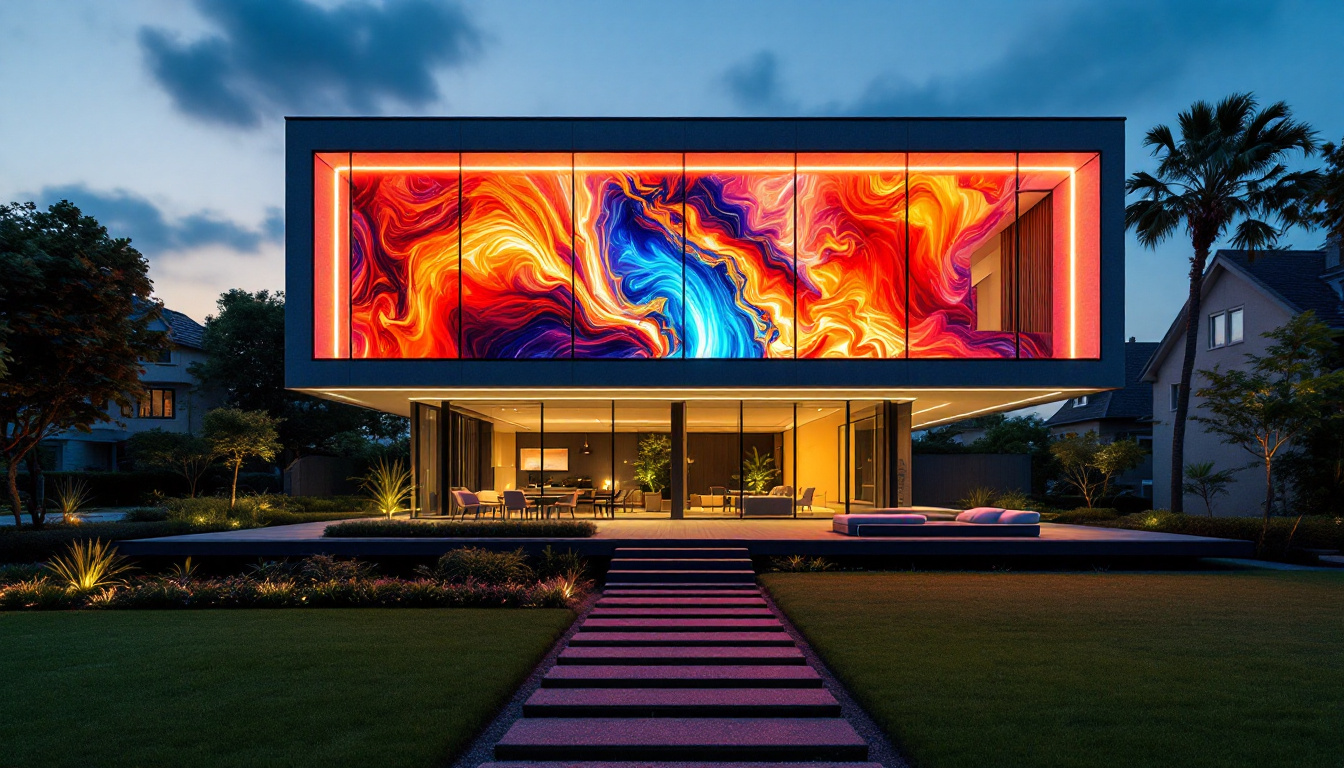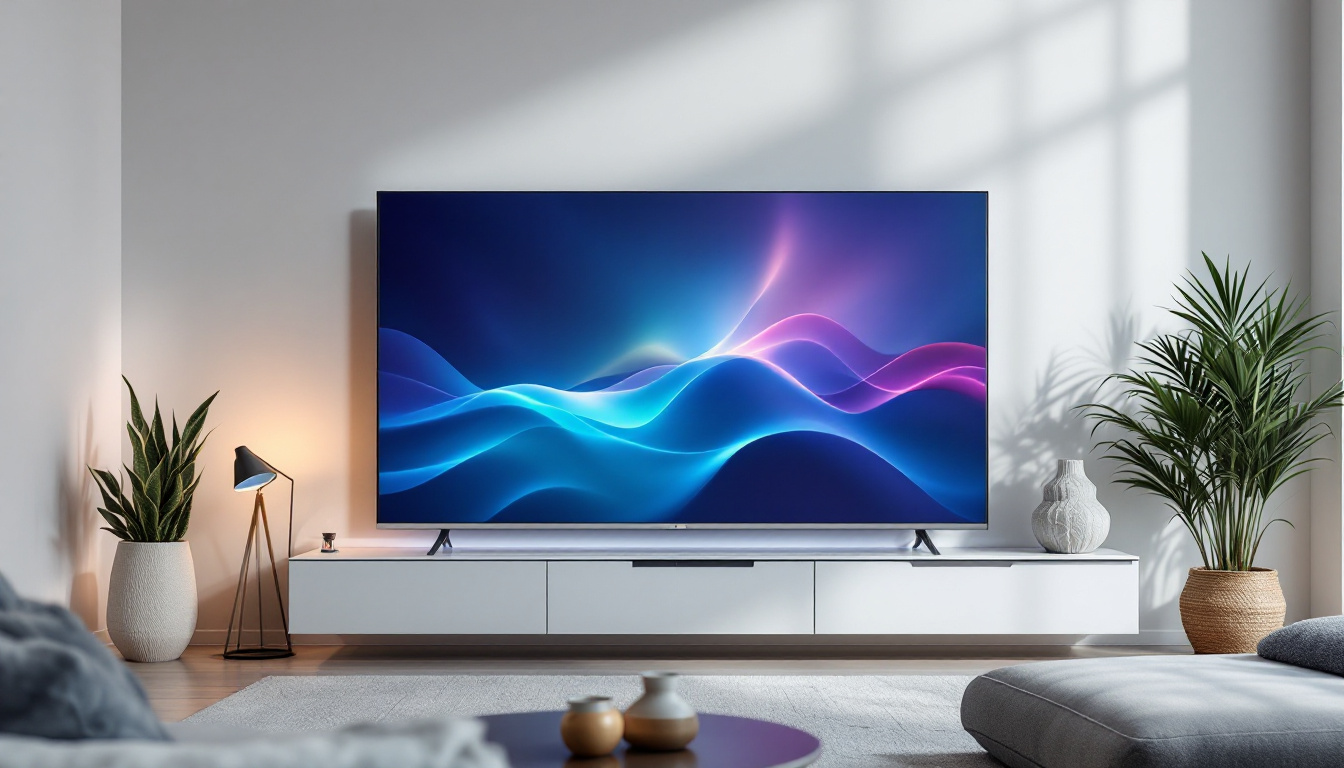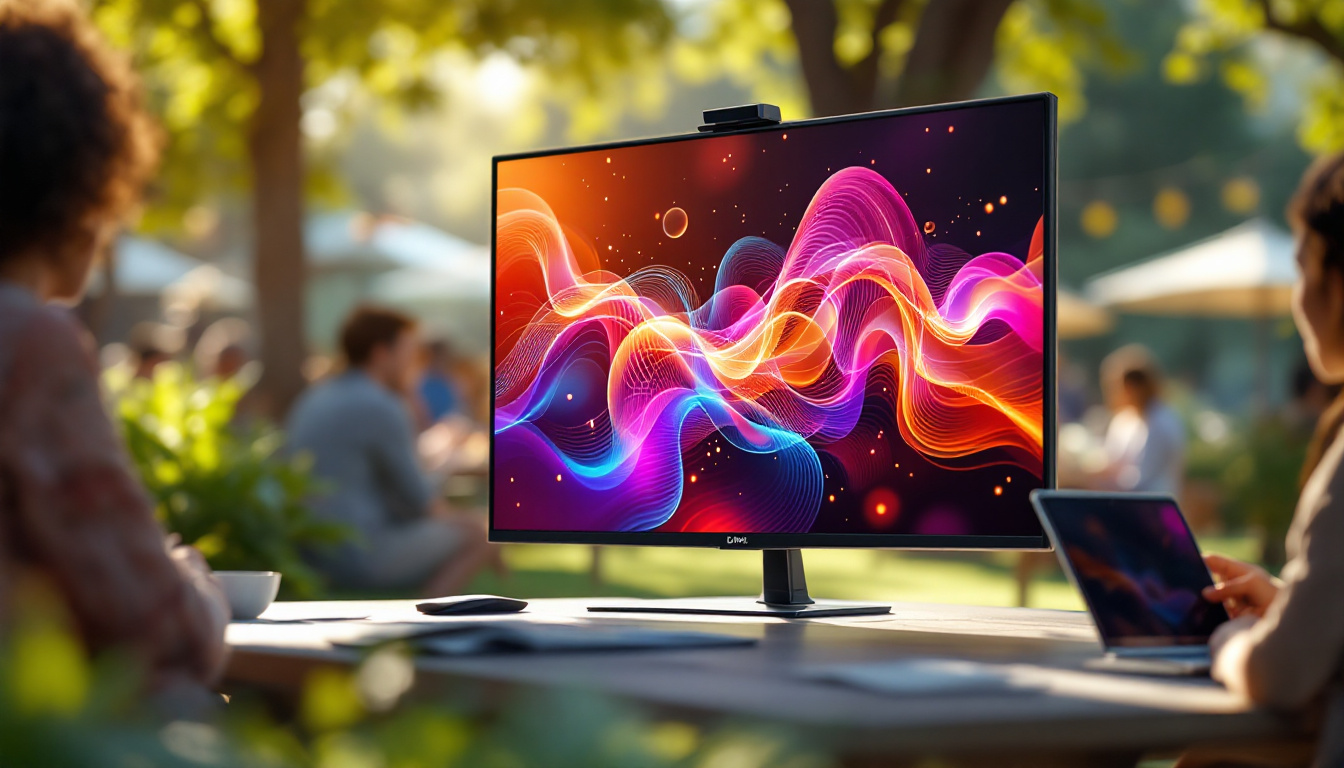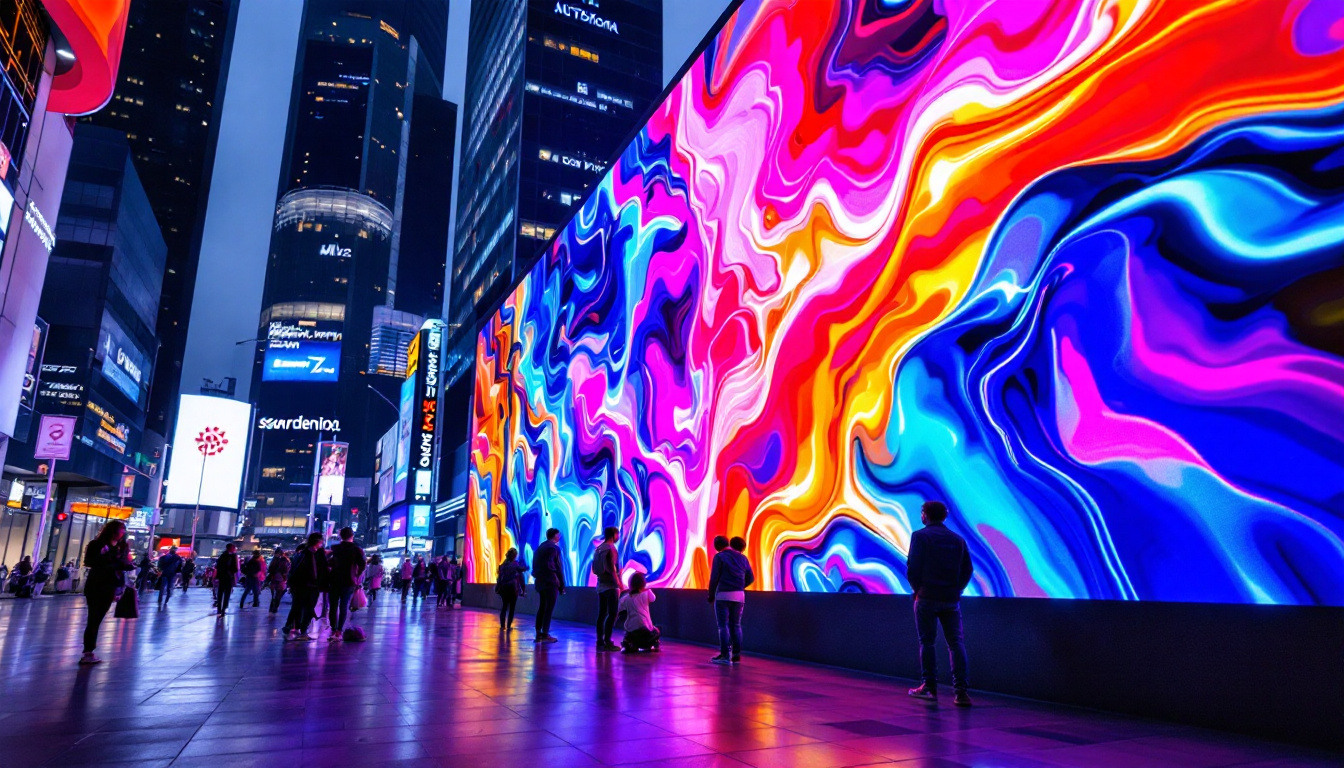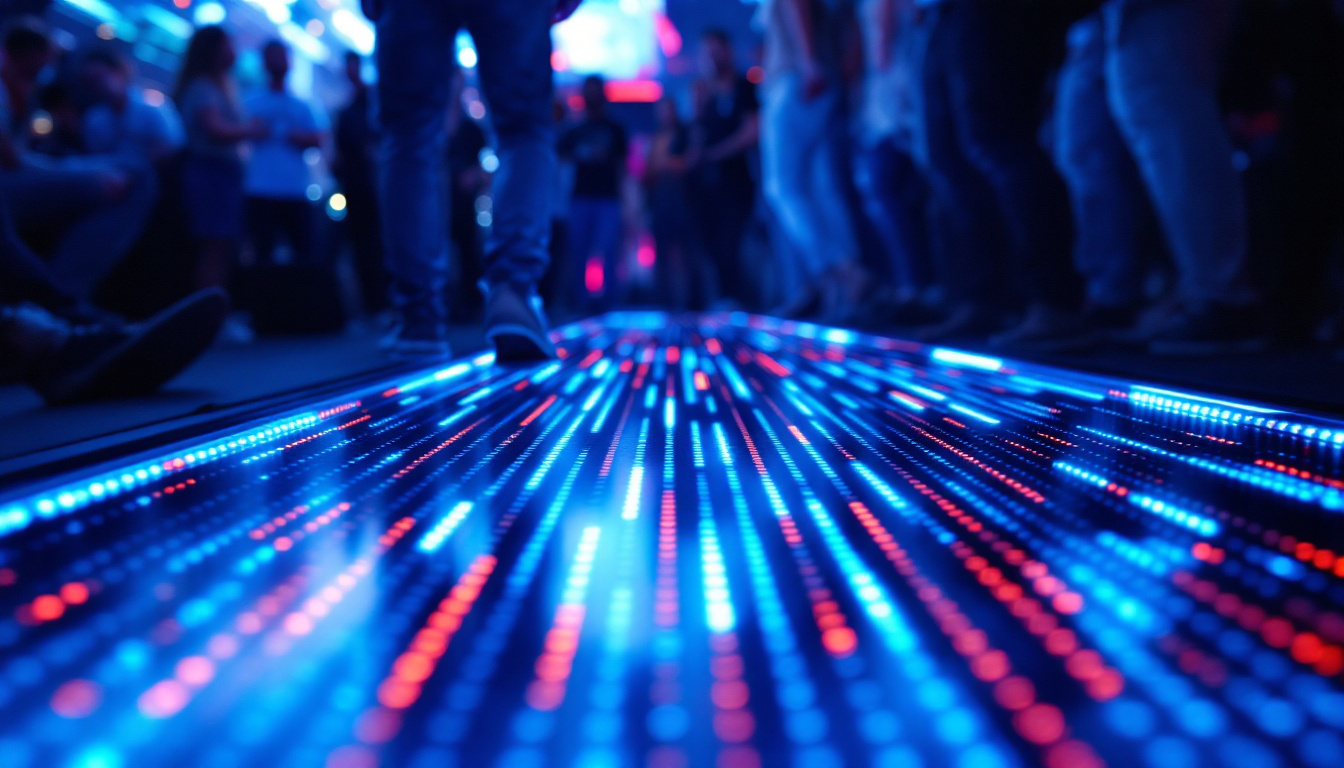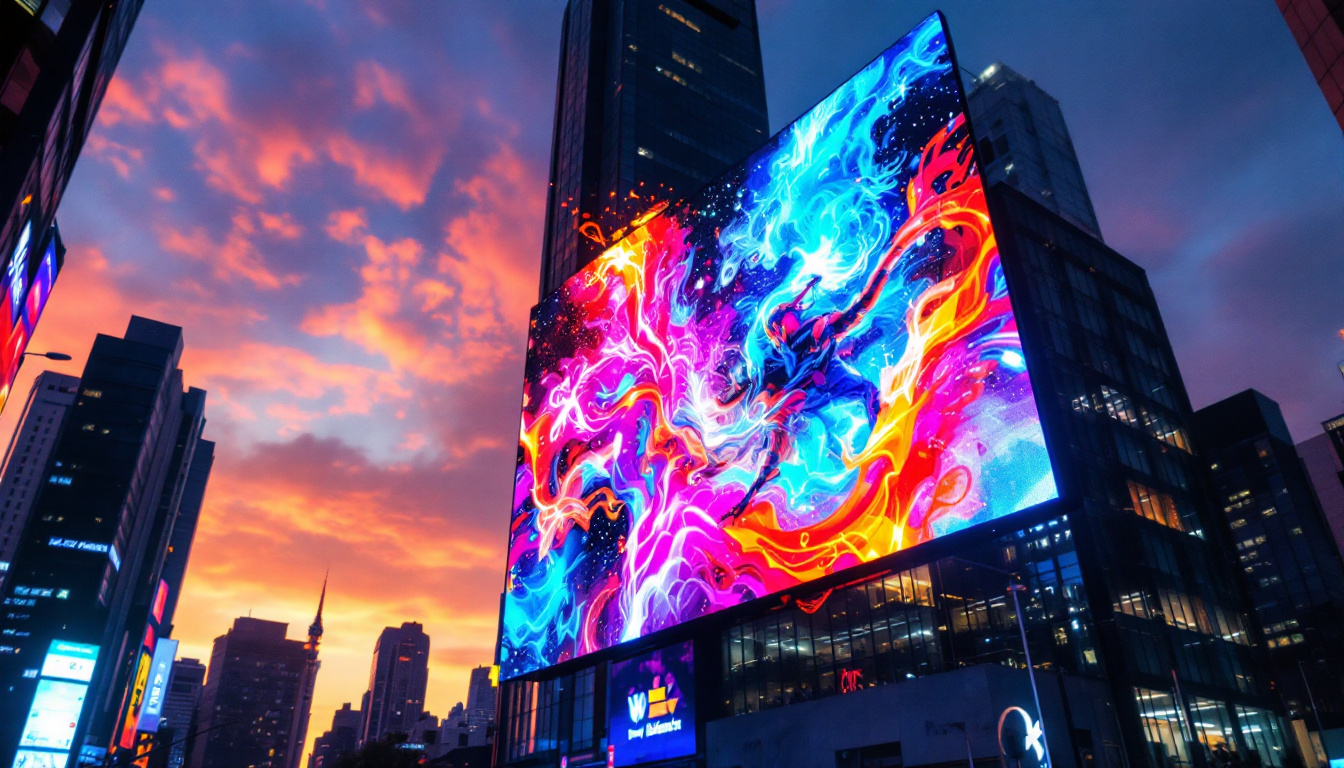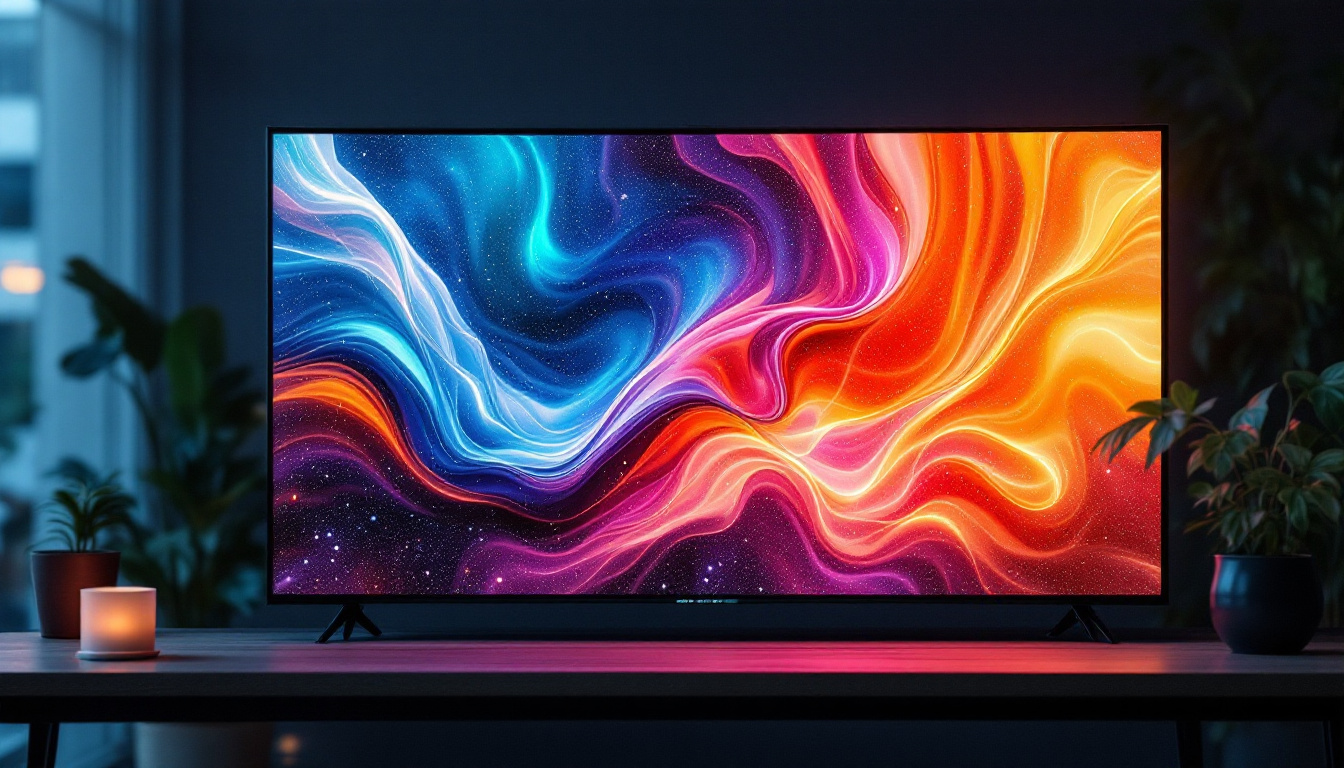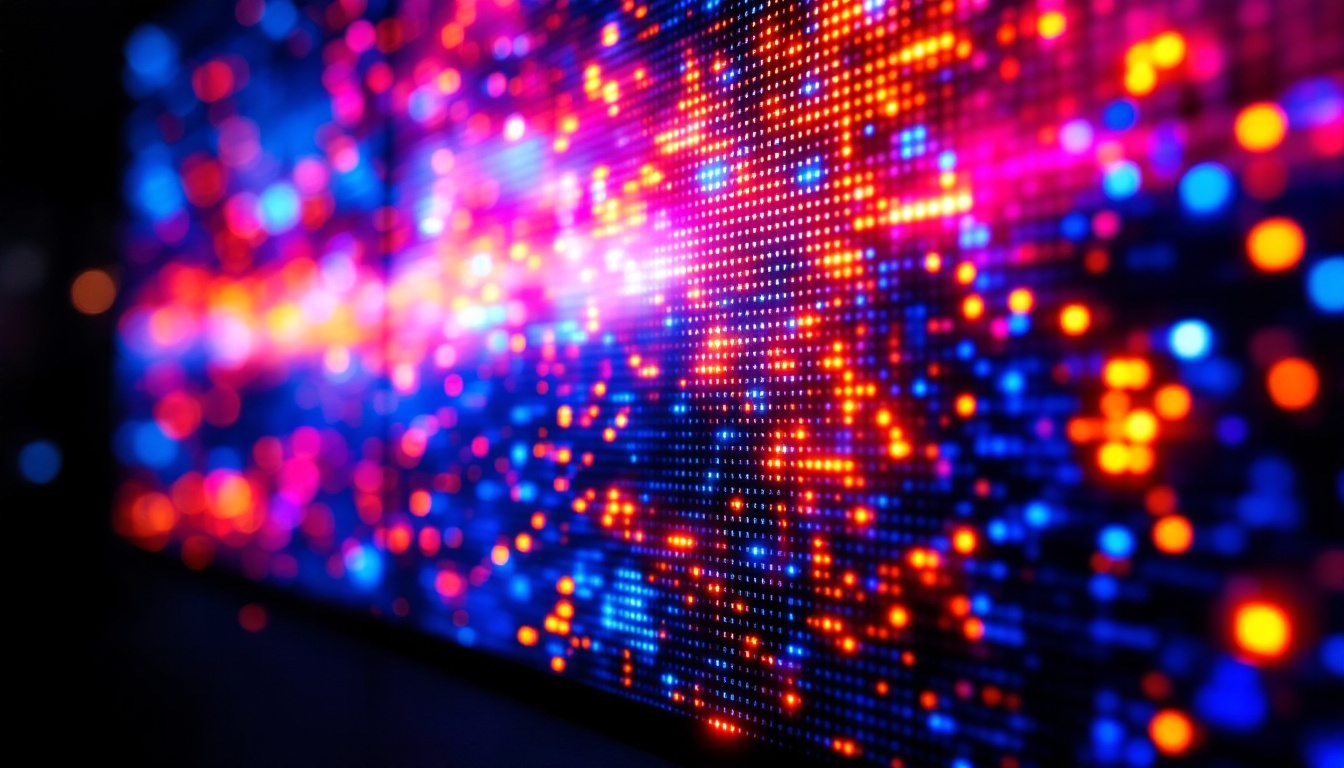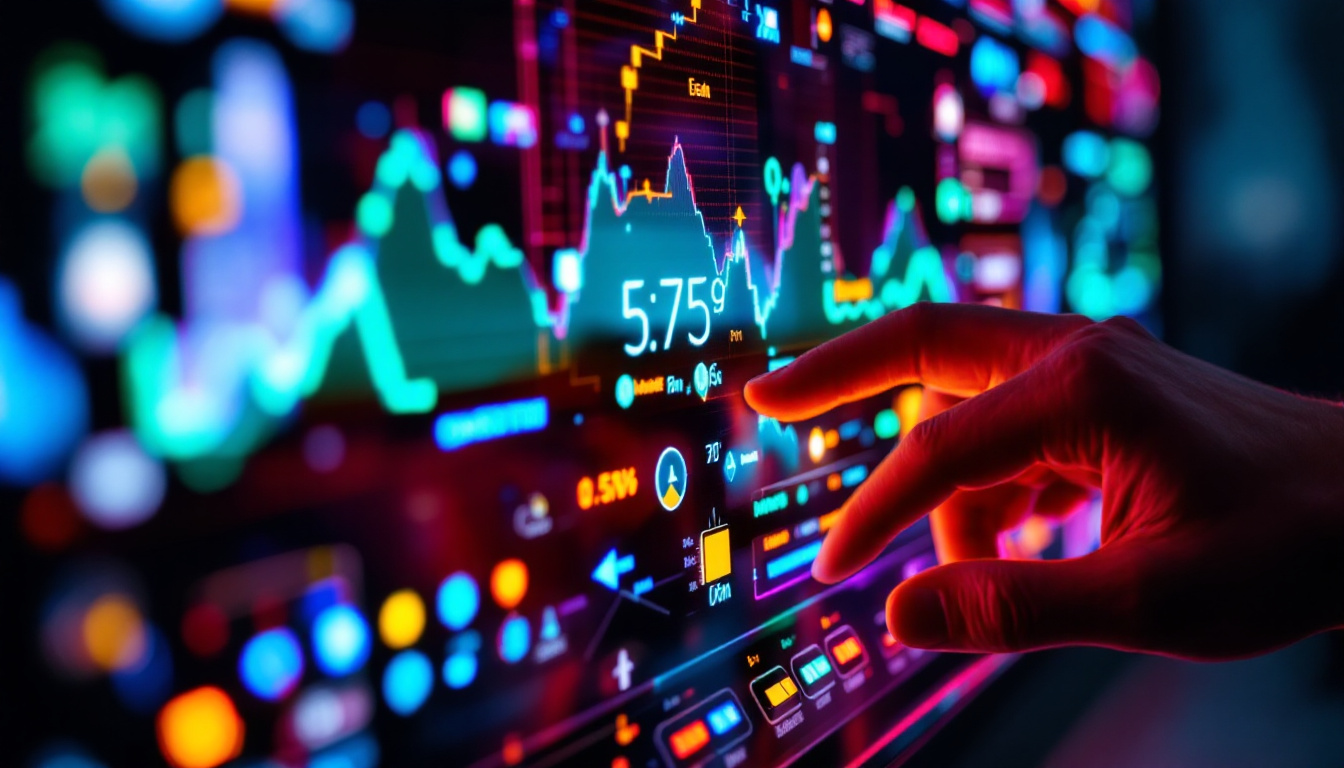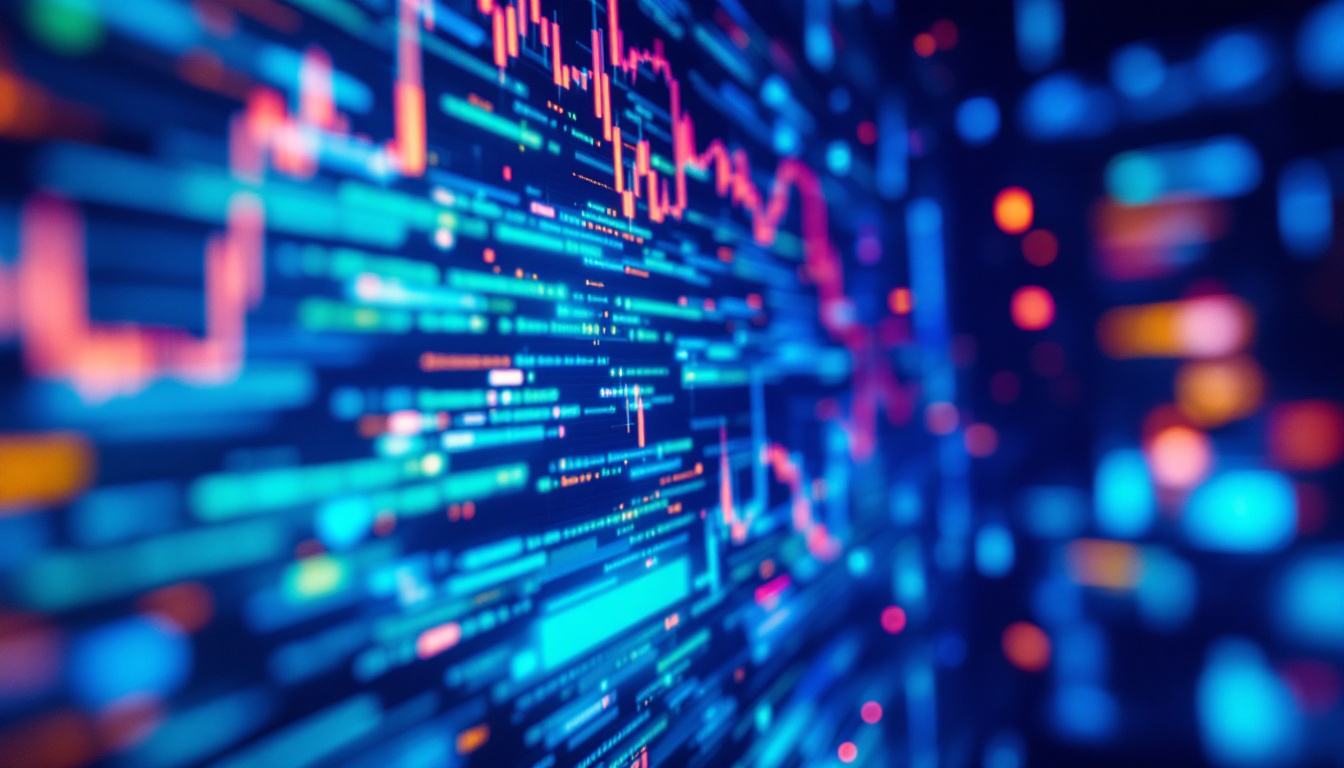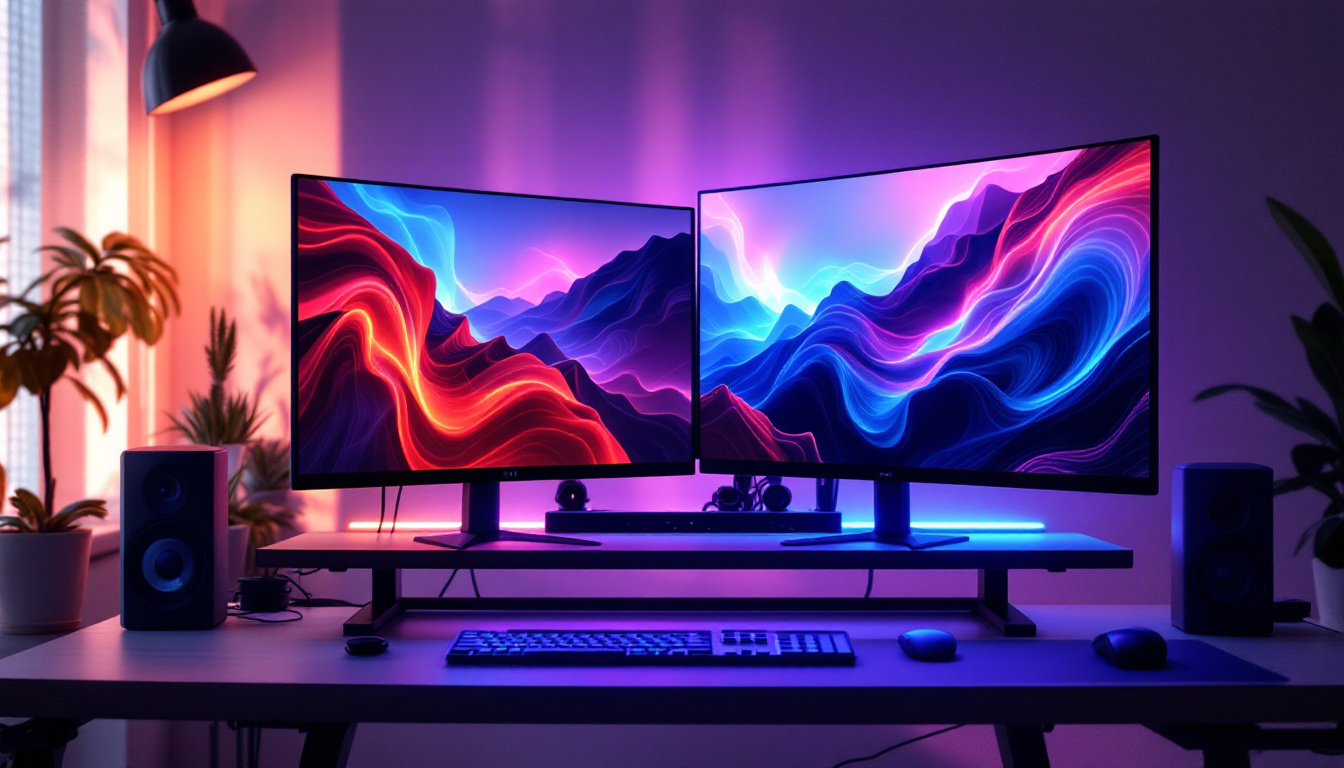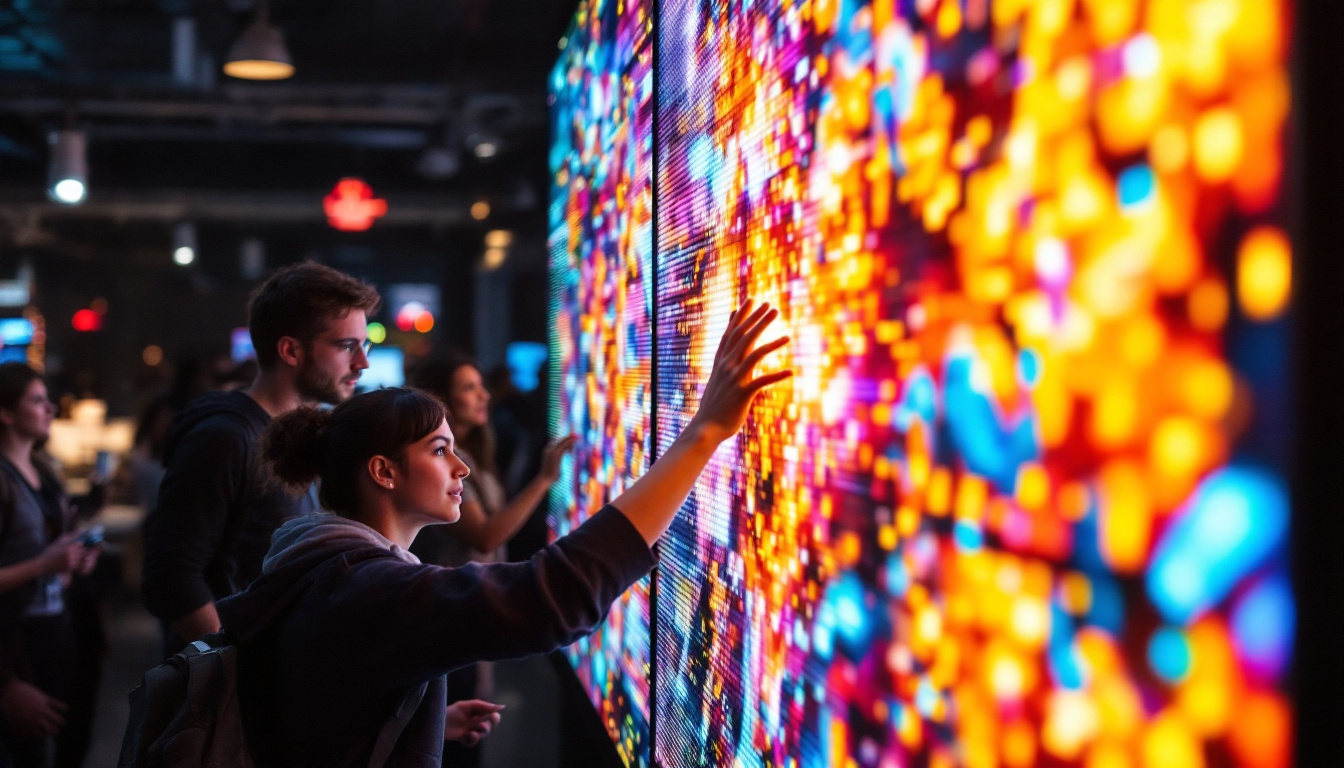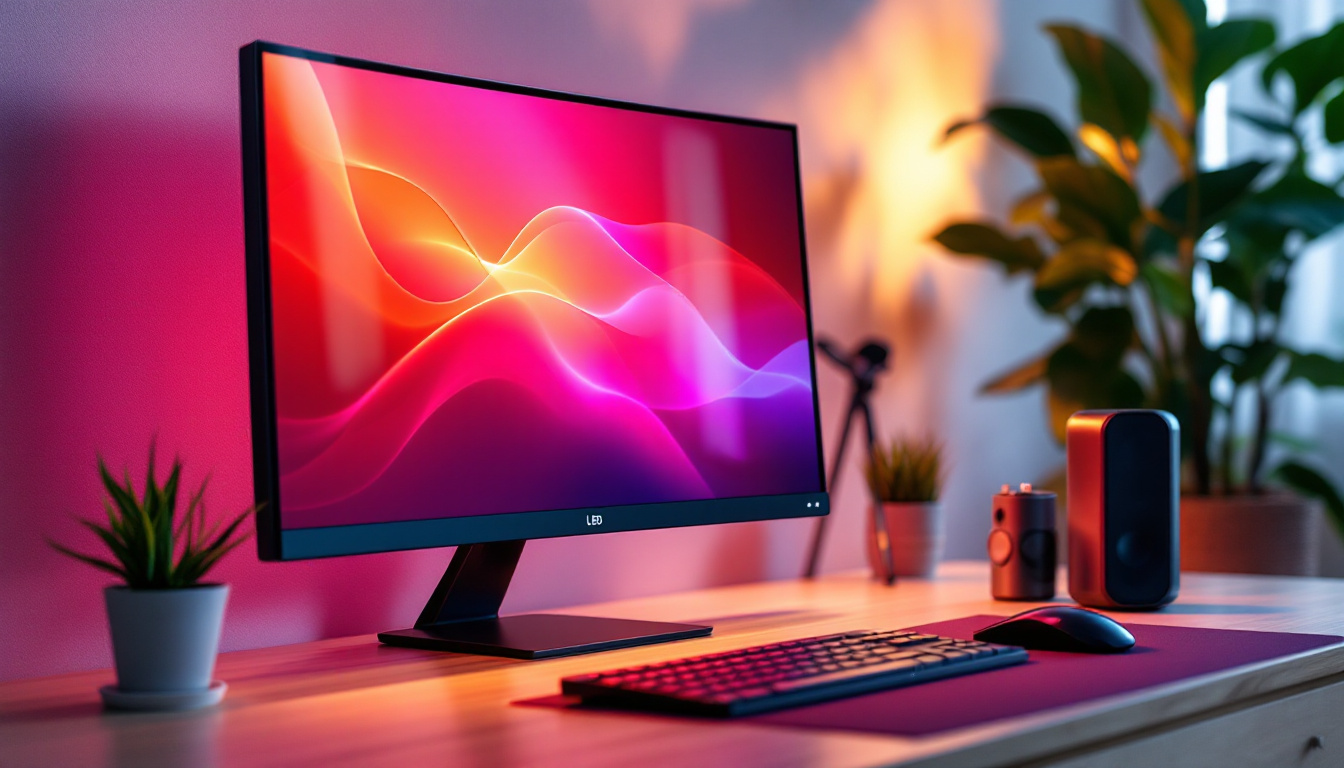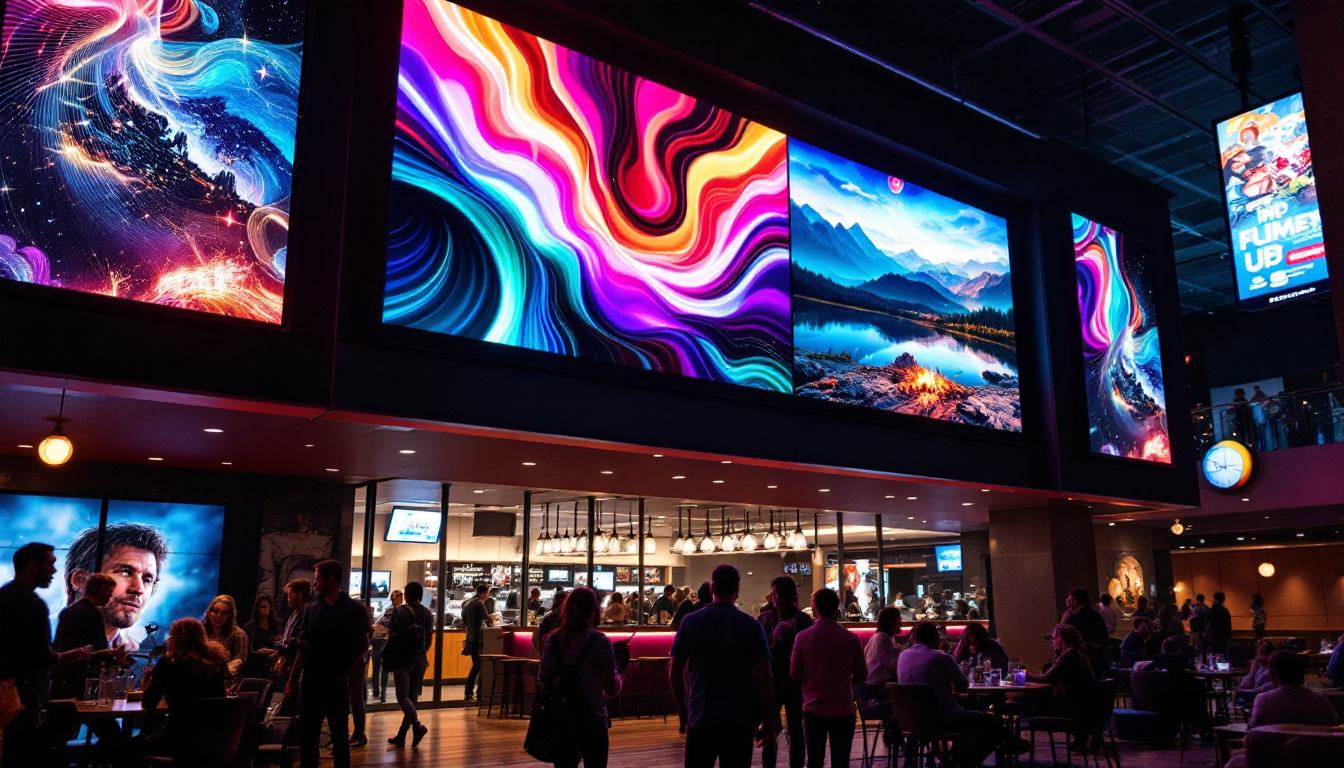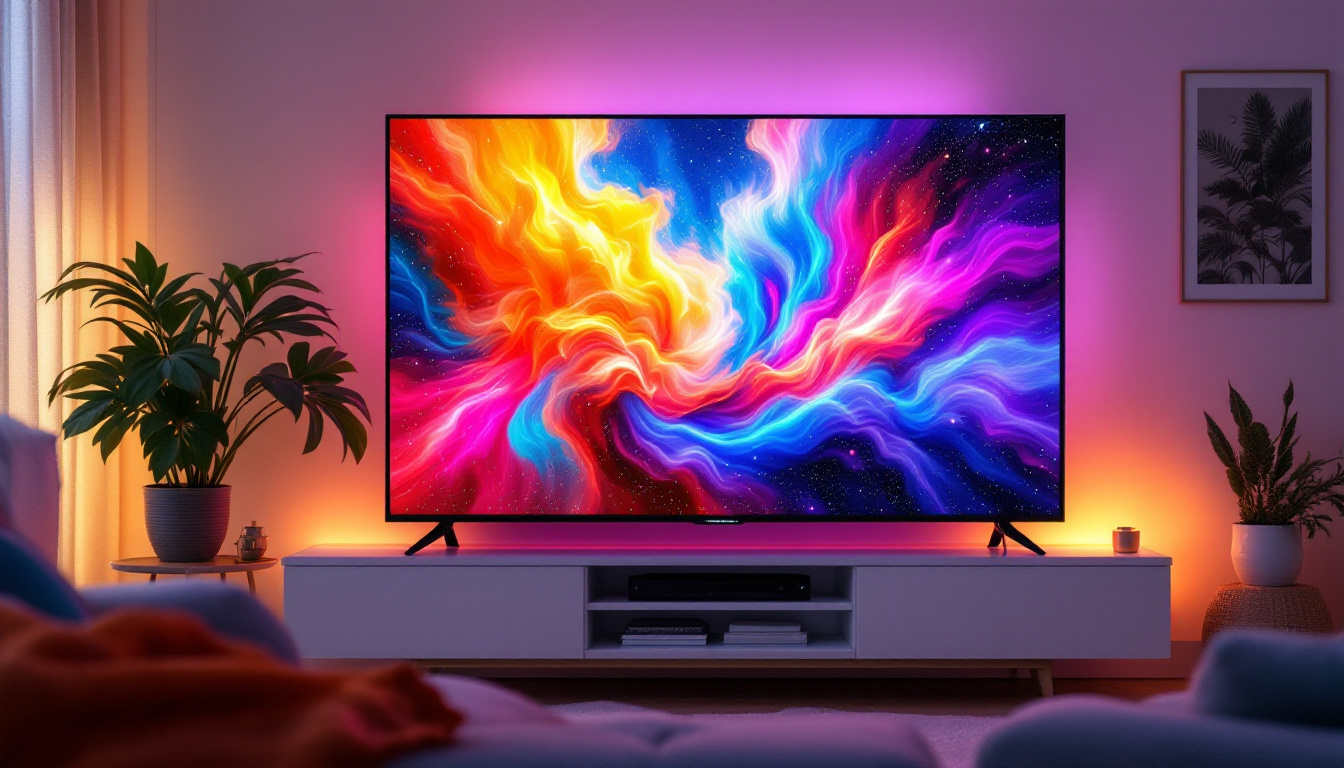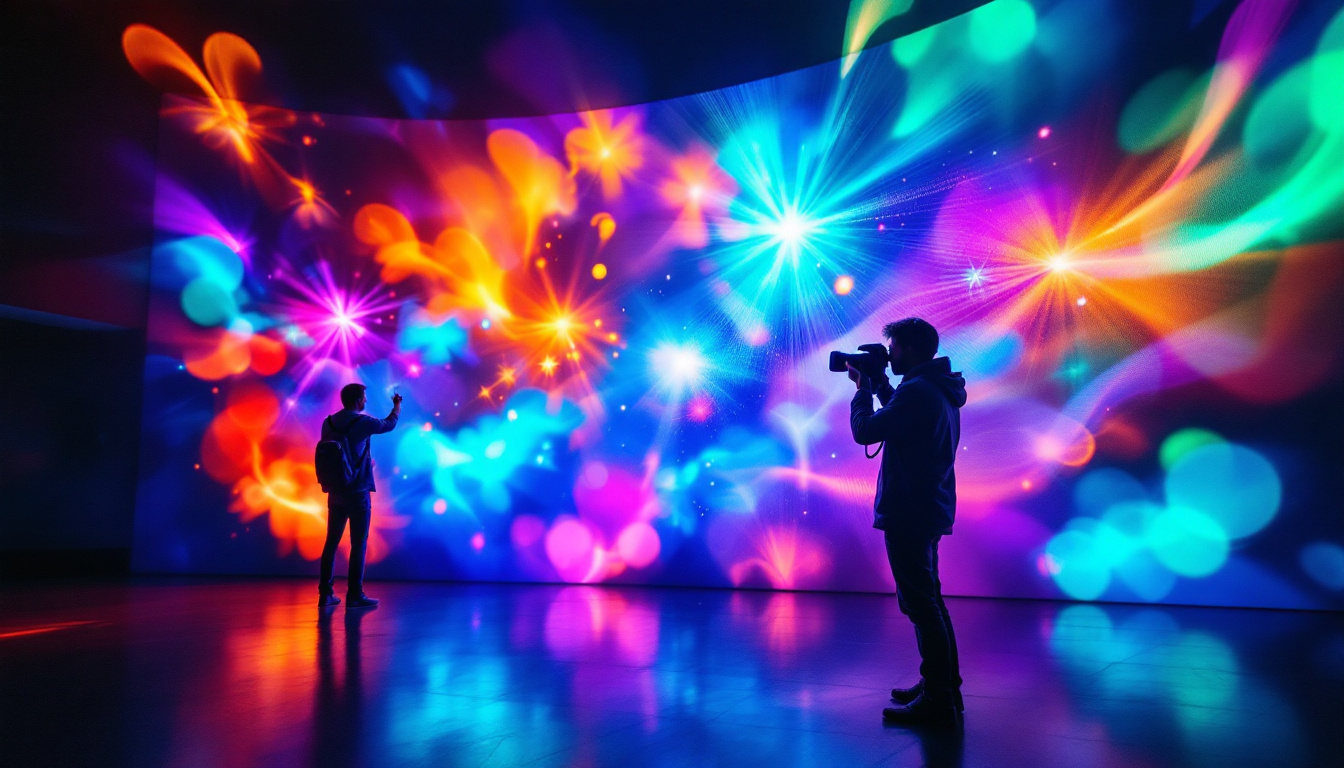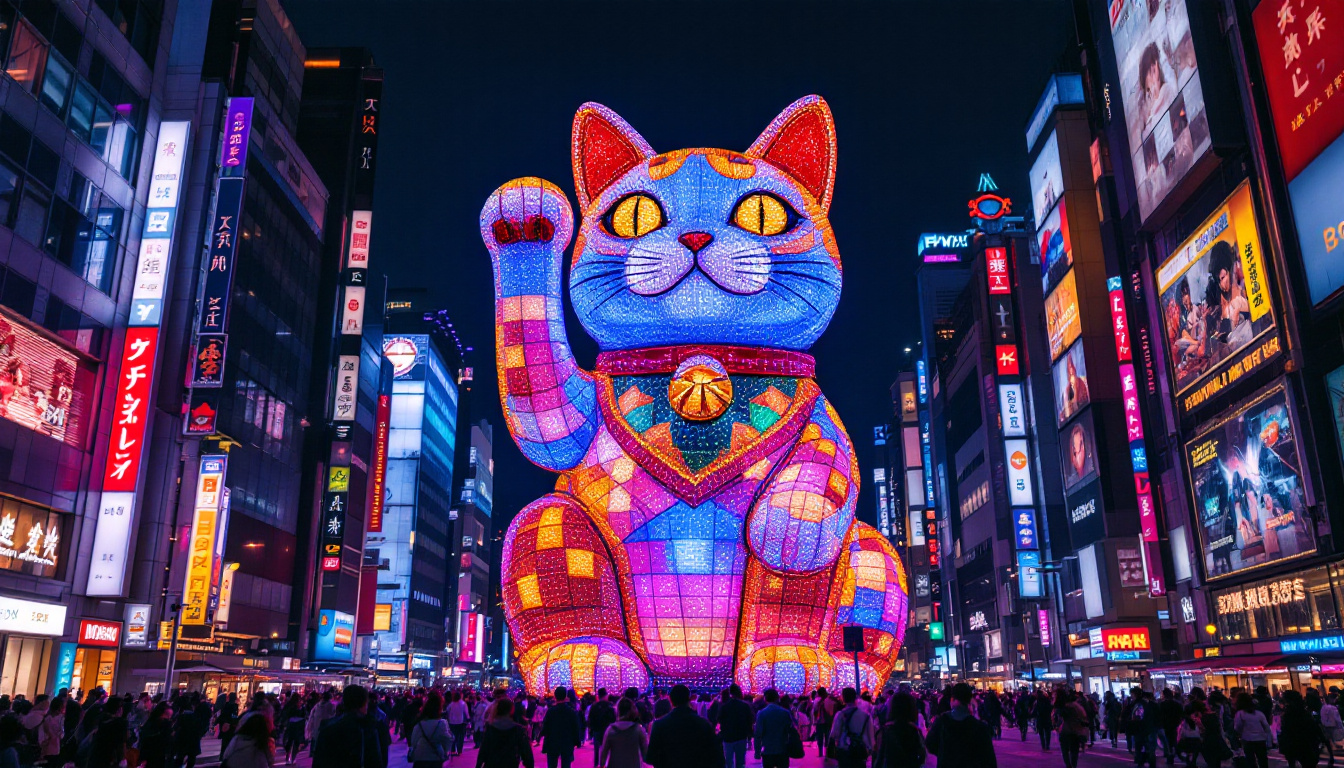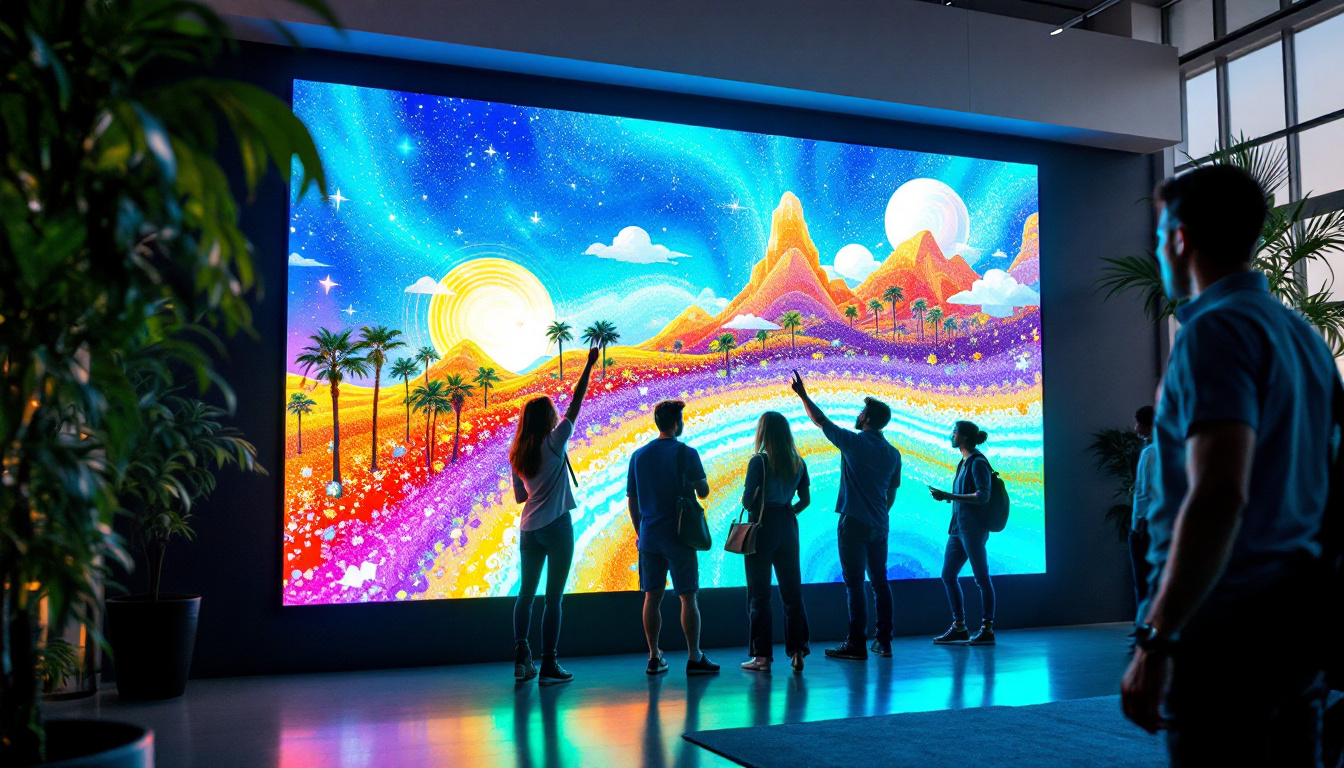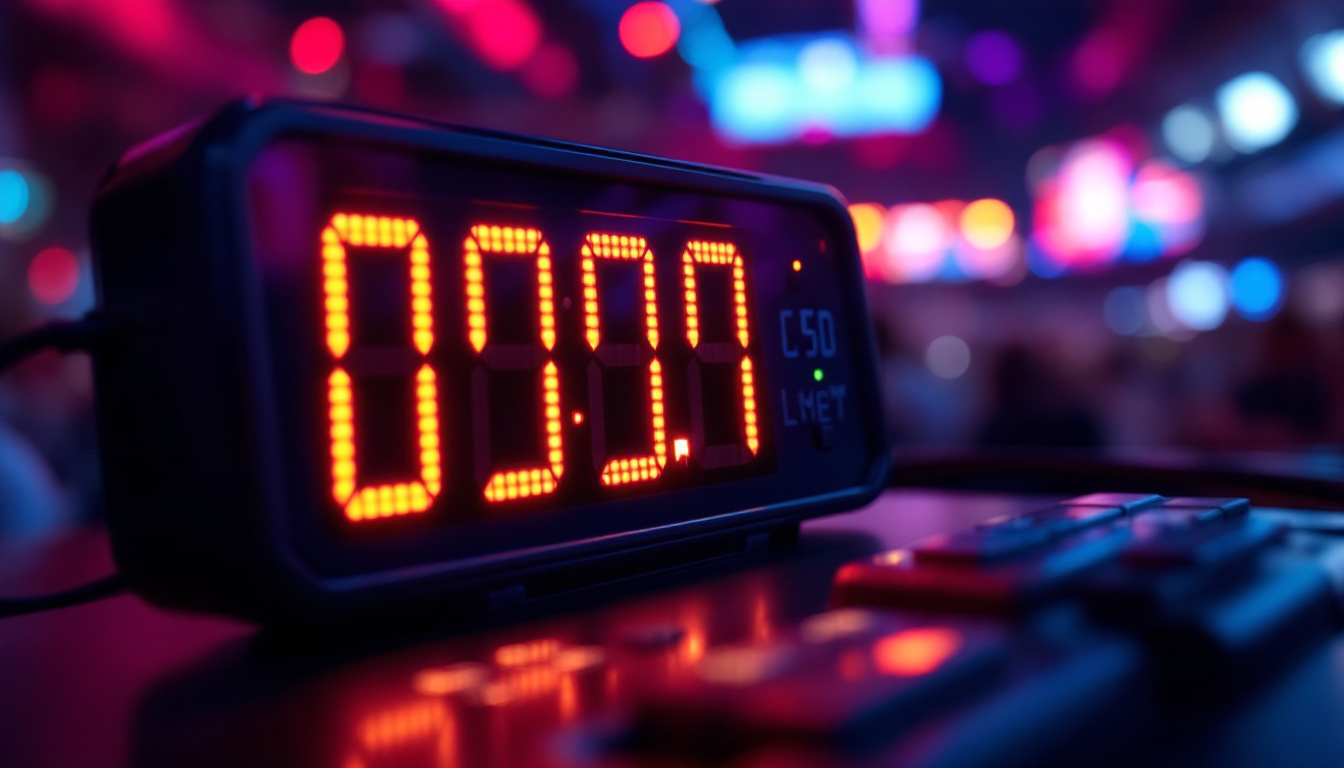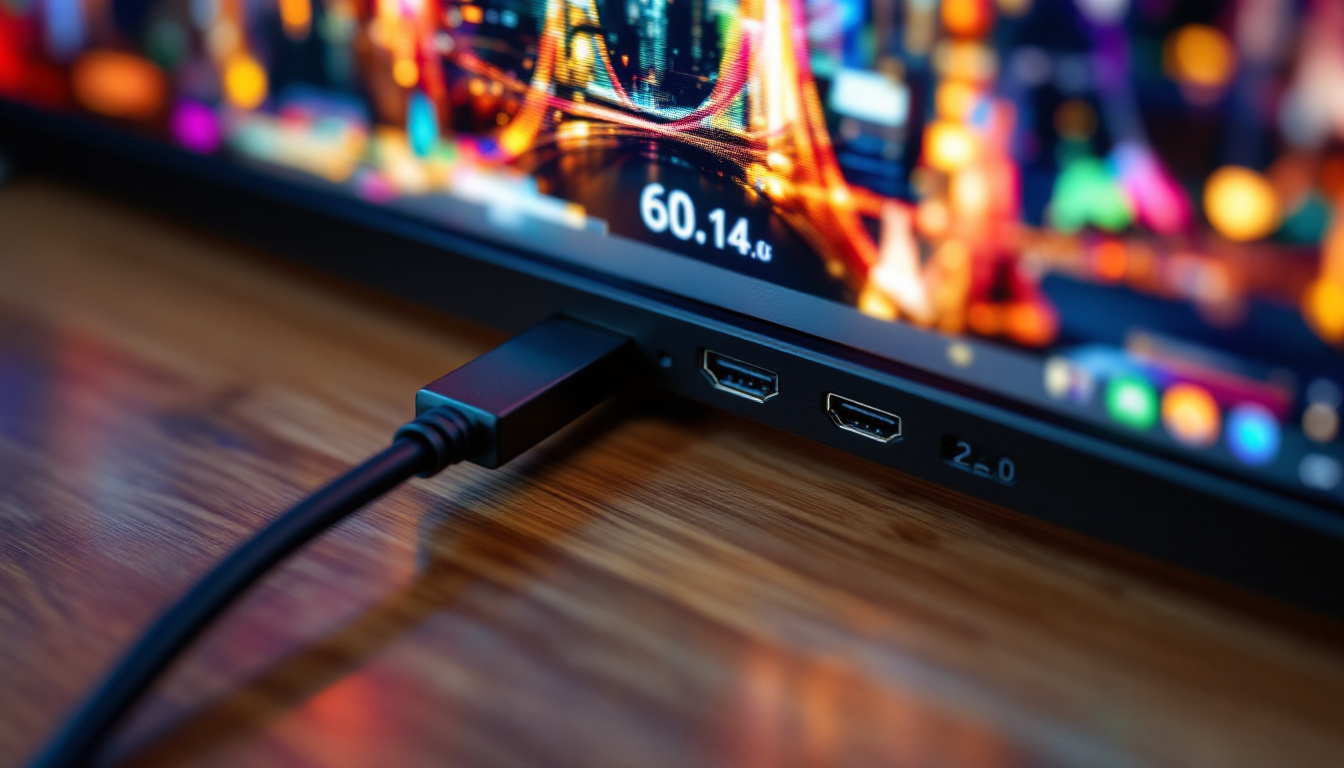In recent years, LED display screens have transformed the way information is communicated, offering vibrant visuals and dynamic content. As technology continues to evolve, LED displays have become an essential part of advertising, entertainment, and information dissemination. This article delves into the world of LED display screens, focusing on manufacturers in China, their production processes, and the various applications of these remarkable devices.
Understanding LED Displays
LED, or Light Emitting Diode, displays are electronic screens that utilize LED technology to produce images and videos. Unlike traditional display technologies, such as LCD or CRT, LED displays are known for their superior brightness, energy efficiency, and versatility. They are composed of numerous tiny LEDs that emit light when an electric current passes through them, allowing for vibrant colors and high contrast ratios.
Types of LED Displays
LED displays come in various types, each designed for specific applications. The most common types include:
- Indoor LED Displays: These are designed for use in enclosed spaces, providing high resolution and brightness suitable for viewing at close distances. They are often used in retail stores, conference rooms, and entertainment venues.
- Outdoor LED Displays: Built to withstand harsh weather conditions, outdoor LED displays are larger and brighter, making them ideal for billboards, sports arenas, and public events.
- Transparent LED Displays: These innovative displays allow light to pass through, making them perfect for retail environments where visibility through the screen is essential.
How LED Displays Work
The operation of an LED display involves several key components. Each display consists of a matrix of pixels, where each pixel is made up of red, green, and blue (RGB) LEDs. By adjusting the brightness of these individual LEDs, a full spectrum of colors can be produced. The combination of these colors creates the images and videos displayed on the screen.
Additionally, LED displays utilize advanced technology such as pixel mapping and video processing to ensure that the content is displayed accurately and with high quality. This technology allows for real-time adjustments, ensuring that the display remains vibrant and clear, regardless of the content being shown.
One of the remarkable features of LED displays is their ability to achieve high refresh rates, which is crucial for displaying fast-moving images without blurring. This is particularly beneficial in environments like sports arenas or concerts, where quick visual transitions are essential for audience engagement. Furthermore, the modular design of many LED displays allows for easy scaling and customization, enabling businesses to create displays that fit their specific needs and spatial constraints.
Moreover, the lifespan of LED displays is significantly longer than that of traditional displays, often exceeding 50,000 hours of use. This longevity not only reduces the frequency of replacements but also contributes to lower overall maintenance costs. As technology continues to advance, the integration of smart features, such as connectivity with mobile devices and interactive capabilities, is becoming increasingly common, further enhancing the user experience and expanding the potential applications of LED displays in various industries.
The Role of LED Display Manufacturers in China
China has emerged as a global leader in the manufacturing of LED display screens. The country is home to numerous manufacturers that specialize in producing a wide range of LED display products. These manufacturers play a crucial role in the supply chain, providing high-quality displays at competitive prices.
Manufacturing Processes
The manufacturing process of LED displays involves several stages, including design, component sourcing, assembly, and quality control. Each stage is critical to ensuring that the final product meets industry standards and customer expectations.
1. Design: The design phase involves creating the specifications for the LED display, including size, resolution, and intended use. Engineers and designers collaborate to develop prototypes that meet market demands. This phase often includes user feedback sessions, where potential customers can interact with early prototypes, providing valuable insights that inform final designs. The emphasis on user-centered design ensures that the displays not only meet technical specifications but also enhance user experience.
2. Component Sourcing: Manufacturers source high-quality components, including LEDs, circuit boards, and housing materials. This step is vital, as the quality of the components directly impacts the performance and longevity of the display. Many manufacturers have established long-term relationships with suppliers to ensure consistent quality and availability of components. Additionally, some are exploring sustainable sourcing options, seeking to reduce their environmental impact by using eco-friendly materials and processes.
3. Assembly: During assembly, the components are integrated to create the final product. This process often involves automated machinery, ensuring precision and efficiency. However, skilled labor remains essential, particularly for tasks that require fine motor skills and attention to detail. The combination of automation and human expertise allows manufacturers to maintain high production standards while meeting the increasing demand for customized displays.
4. Quality Control: Rigorous testing is conducted to ensure that each LED display meets quality standards. This includes checking for color accuracy, brightness levels, and overall functionality. In addition to standard testing protocols, manufacturers are increasingly adopting advanced technologies such as artificial intelligence to predict potential failures and enhance the reliability of their products.
Innovation and Technology
Chinese manufacturers are at the forefront of innovation in LED display technology. They continually invest in research and development to improve display quality, energy efficiency, and durability. Innovations such as flexible LED displays, high-definition resolutions, and advanced control systems are just a few examples of how manufacturers are pushing the boundaries of what is possible with LED technology.
Moreover, the integration of smart technology into LED displays has further enhanced their capabilities. Features such as remote monitoring, automated content updates, and interactive elements have made LED displays more versatile and user-friendly. These advancements not only cater to the growing demand for dynamic advertising solutions but also open up new avenues for applications in education, entertainment, and public information systems. As smart cities continue to evolve, the role of LED displays in urban infrastructure becomes increasingly significant, providing real-time information and enhancing the overall aesthetic of public spaces.
Applications of LED Displays
The versatility of LED displays allows them to be used in a wide array of applications across different industries. Their ability to deliver high-quality visuals makes them ideal for various settings.
Advertising and Marketing
One of the most prominent uses of LED displays is in advertising and marketing. Businesses utilize these displays to capture the attention of potential customers with dynamic content and eye-catching visuals. From large billboards in urban areas to digital signage in retail stores, LED displays provide an effective platform for brands to communicate their messages.
Additionally, the ability to change content in real-time allows businesses to tailor their advertising strategies based on audience engagement, time of day, or special promotions. This flexibility makes LED displays a valuable asset for marketers.
Entertainment and Events
In the entertainment industry, LED displays have revolutionized how audiences experience live events. Concerts, sports games, and festivals often feature large LED screens that enhance the visual experience for attendees. These displays can showcase live feeds, graphics, and animations, creating an immersive atmosphere.
Furthermore, LED displays are increasingly used in theaters and cinemas to provide high-quality visuals that enhance storytelling. The vibrant colors and sharp images contribute to a more engaging viewing experience, drawing audiences into the narrative.
Information and Communication
LED displays are also widely used for information dissemination in public spaces. Airports, train stations, and shopping malls utilize LED screens to provide real-time updates on schedules, directions, and important announcements. This functionality improves communication and enhances the overall experience for visitors.
In educational settings, LED displays can be used in classrooms to present information dynamically. They facilitate interactive learning experiences and can display multimedia content that engages students more effectively than traditional teaching methods.
The Future of LED Displays
The future of LED displays looks promising, with continuous advancements in technology and increasing demand across various sectors. As manufacturers in China continue to innovate, several trends are expected to shape the future of LED displays.
Sustainability and Energy Efficiency
As environmental concerns grow, there is a rising demand for sustainable and energy-efficient technologies. LED displays are already more energy-efficient than traditional display technologies, but manufacturers are working to further reduce energy consumption and improve recyclability.
Innovations such as solar-powered LED displays and eco-friendly materials are being explored to minimize the environmental impact of production and disposal. These efforts not only align with global sustainability goals but also appeal to environmentally conscious consumers.
Integration with Smart Technology
The integration of smart technology into LED displays is set to continue. Features such as artificial intelligence, machine learning, and IoT connectivity are expected to enhance the functionality and interactivity of LED displays.
For instance, smart LED displays can analyze viewer engagement and adjust content accordingly, providing a more personalized experience. This level of interactivity will likely become a standard expectation in the future, further driving the adoption of LED technology.
Expansion into New Markets
As the technology matures, LED displays are expected to expand into new markets and applications. Industries such as healthcare, transportation, and smart cities are beginning to explore the potential of LED displays for various uses, from patient information systems to traffic management displays.
This expansion will create new opportunities for manufacturers and drive further innovation in the field, ensuring that LED displays remain a vital component of modern communication and entertainment.
Conclusion
LED display screens have become an integral part of modern life, transforming how information is conveyed and experienced. With China at the forefront of manufacturing, the industry continues to evolve, driven by innovation and a commitment to quality. As LED technology advances, its applications will expand, offering exciting possibilities for advertising, entertainment, and communication.
Understanding the intricacies of LED displays, from their manufacturing processes to their diverse applications, is essential for anyone looking to leverage this technology effectively. As the future unfolds, LED displays will undoubtedly play a crucial role in shaping the way we interact with the world around us.
Discover LumenMatrix’s Innovative LED Display Solutions
As you consider the future of LED displays and their transformative role in communication and entertainment, LumenMatrix invites you to explore our comprehensive range of LED display modules. Our dedication to innovation ensures that each solution, from Indoor and Outdoor LED Walls to Custom and All-in-One LED Displays, is crafted to provide unparalleled visual experiences. Embrace the power of advanced digital signage with LumenMatrix and let us help you captivate your audience and amplify your message. Check out LumenMatrix LED Display Solutions today and join the visual revolution.

